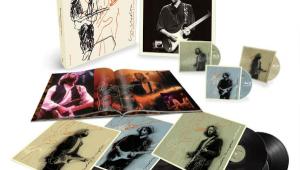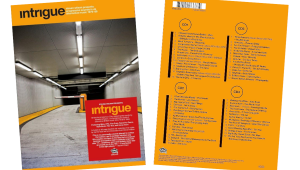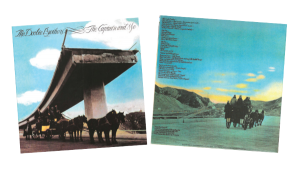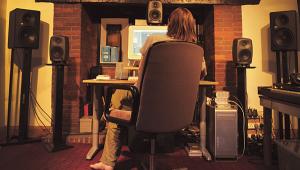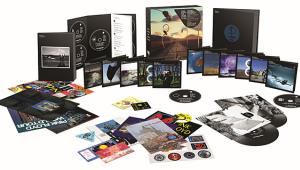“Keeping Score”: Where the Classics Are Current — and High-Tech Page 8
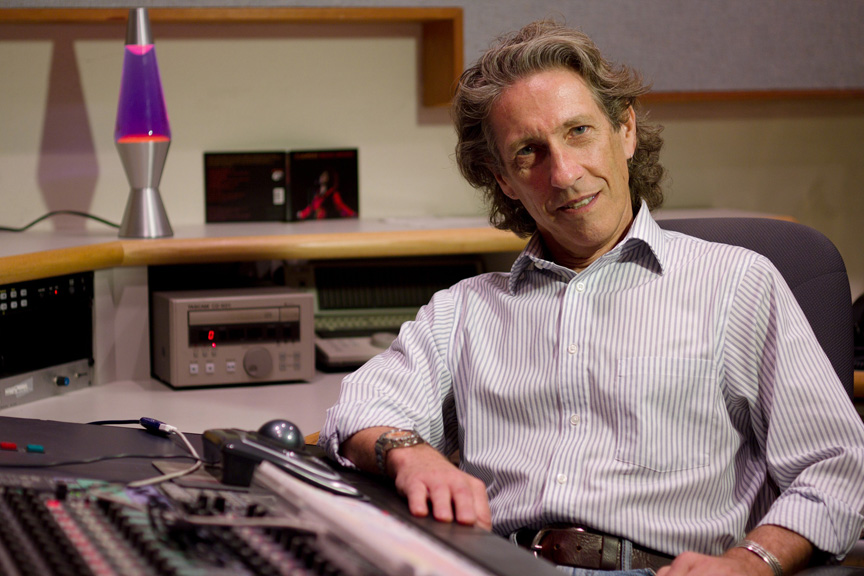
Mark Escott, who guided the audio postproduction
Working on the final audio mix was Mark Escott, along with his colleagues Robert Berke and Ryan Dorp at Berke Sound, a San Francisco-based postproduction facility. “Bob and Ryan do all the dialogue cleanup for both on-camera and off-camera voiceover and prepare all the tracks so I can do my thing," Escott says. "My involvement begins with the sound design: ambience, birds, traffic, mopeds going by, whatever is needed to give a mood to the piece. Then my job moves into blending: making sure the voices, the B-roll, and the on-camera material are all sounding top-notch, with as much dynamics as possible — which we really couldn’t do in the days of 1-inch videotape because we didn’t have the headroom.” He also receives the live material from Centitone’s Jonathon Steven and Marie Ebbing, who are responsible for the audio postproduction of the concerts. “Their job is to make sure that the tracks coincide with the video that Blair Gershkow has edited.”
Escott doesn’t always opt for multichannel sound in the final mix. “For archival material, I obviously didn’t go 5.1 or 7.1 — and I actually turned some of it from stereo to mono so there would be more of an impact when the surround sound kicks in. If everything is multichannel, it sounds artificial and wrong, if you know what I mean.
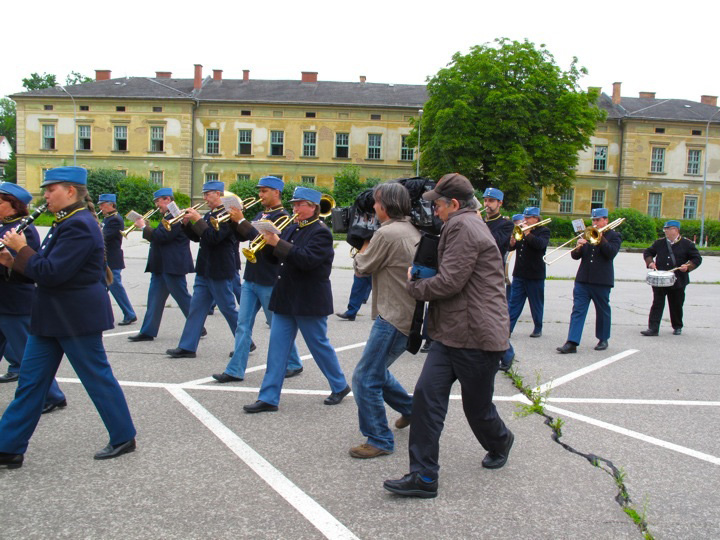 The military band that appears in the Mahler program, outside the historic barracks in Klagenfurt, Austria
The military band that appears in the Mahler program, outside the historic barracks in Klagenfurt, Austria
“For instance, there’s a section where a military band is marching, and it’s playing the exact same piece the orchestra is playing. At that point, there’s a transition from mono to a full multichannel experience, and it’s just wonderful.”
That was just one of many sections throughout the Mahler program that Escott “had fun with.” But whatever the moment, “we’ll make sure the music is mastered until it sounds fabulous. You obviously get the emotion from the music itself. But when you’re working with the voice, too, and you can swell the entire sound at certain points, then the music just takes you.
“I’ve mixed the whole Keeping Score series — and when you get a series like this and people like the InCA people, you can really go all-out, quality-wise. There are budgets and time restraints, of course, but what you can do in these mixes is just lovely — as opposed to some of what’s out there these days. People listen to MP3s, and it’s quite pathetic. Then you get something like this, and there’s just no comparison. Here we have all this amazing technology and amazing capability, and people are listening to MP3s. . . .”

